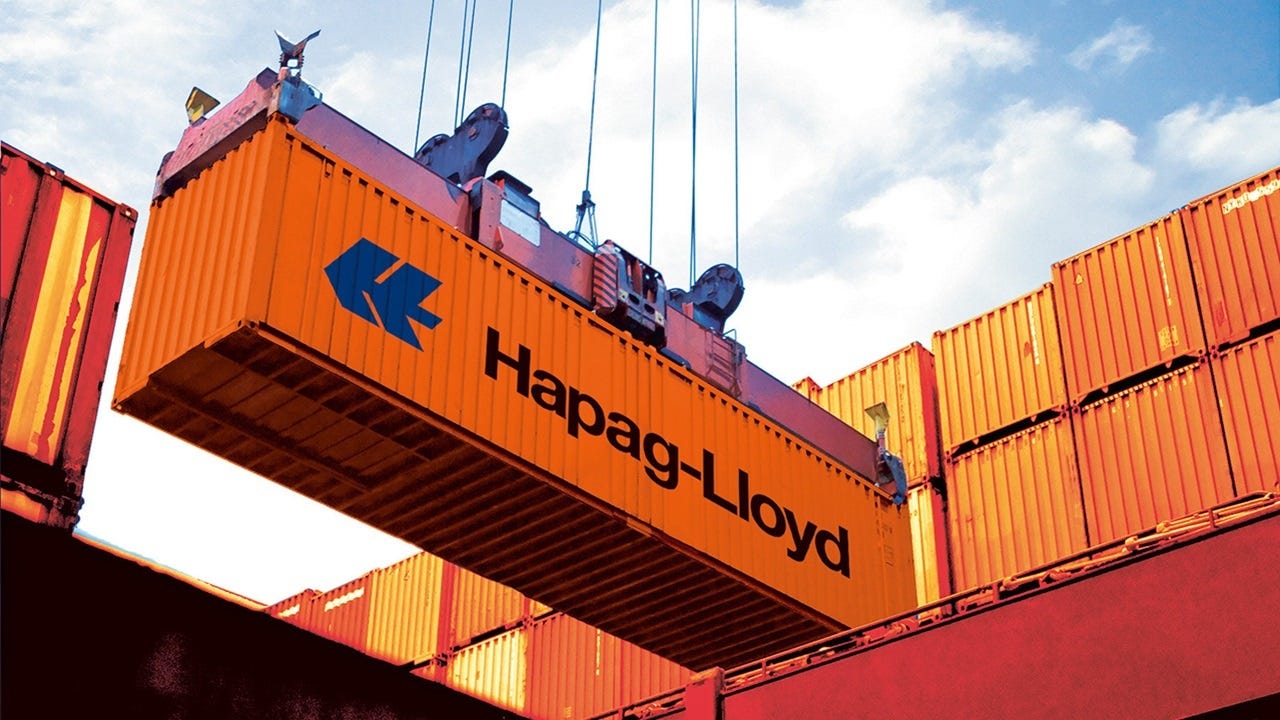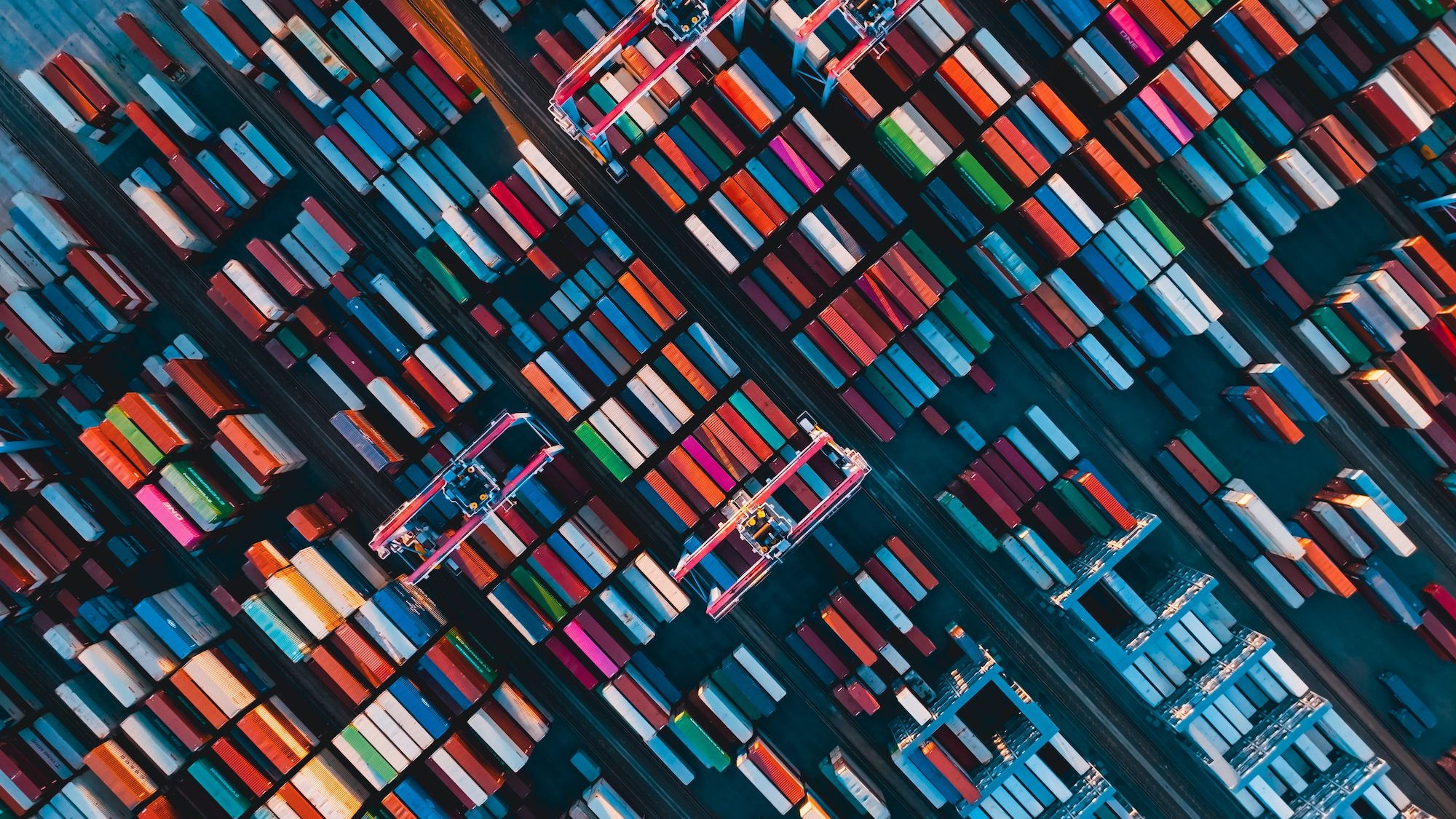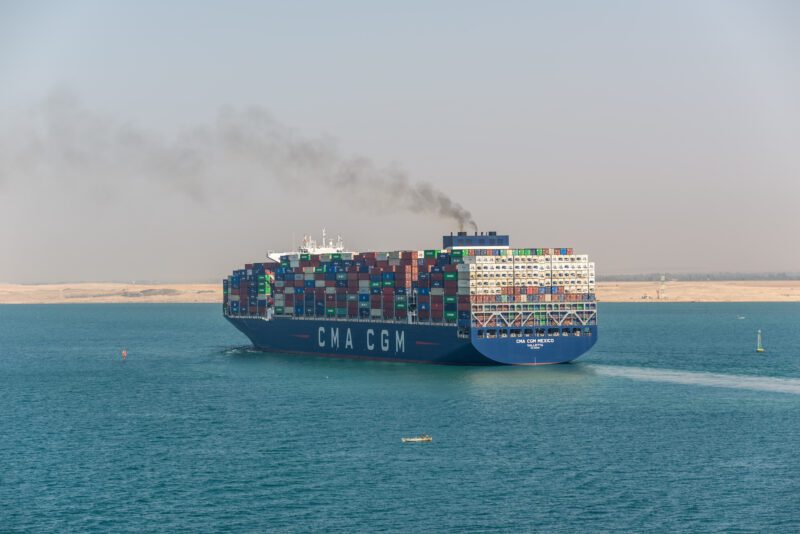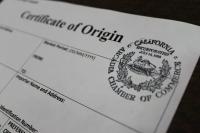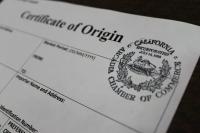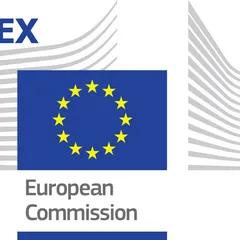NIKE FIGHTS $1B TARIFF HIT WITH SOURCING SHIFTS, PRICE HIKES
The sneaker giant has a four-pronged approach to mitigating tariffs that it will implement throughout fiscal 2026.
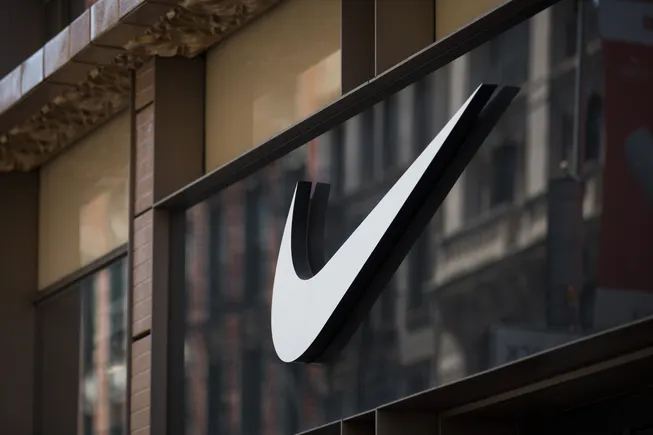
Listen to the article 3 min This audio is auto-generated. Please let us know if you have feedback
Dive Brief:
Nike, which pays an average U.S. customs tax rate in the mid-teens for imported footwear, faces $1 billion in additional costs due to current U.S. tariffs, EVP and CFO Matthew Friend said in a June 26 earnings call.
To offset tariffs, Nike plans to shift some manufacturing out of China, one of the countries hardest hit by U.S. duties, while honing its sourcing mix, negotiating with retail partners and suppliers, and raising prices, Friend said.
"We intend to fully mitigate the impact of these headwinds over time as we implement and annualize the actions I've outlined," the CFO said.
Dive Insight:
Nike joins several other brand manufacturers in the apparel and footwear sector implementing supply chain shifts to battle tariffs. For example, Ralph Lauren is working closely with suppliers to shift production levels to countries with lower U.S. tariffs. Canada Goose, meanwhile, is coordinating its in-house manufacturing with third-party suppliers to adjust efficiently to tariff-induced uncertainty in customer demand.
The sneaker giant has a four-pronged approach to fully mitigate tariffs over time. First, the company will optimize its sourcing mix and allocate production differently across countries, Friend said. Production changes include lowering the percentage of its footwear imports from China from roughly 16% today to the high single-digit range by the end of fiscal 2026, which began June 1.
Second, the company is working with suppliers and retail partners to mitigate the "structural cost increase" of tariffs to minimize the impact on consumers, Friend said. The arrangements struck with Nike partners will come into effect throughout fiscal 2026.
Third, the company will phase in a "surgical price increase in the U.S. beginning in the fall of 2025," the CFO said. Fourth, the company will evaluate corporate cost reductions, although Friend did not elaborate about what those actions might entail.
Nike expects the largest tariff impact in the first quarter of fiscal 2026, Friend said. However, the four actions the company is taking to offset the $1 billion cost will be implemented at different times throughout the fiscal year, taking into consideration the consumer, the back-to-school and holiday seasons, and conversations with suppliers and retail partners.
"And so we're confident in our ability to fully mitigate these over time as these actions that we're talking about are fully implemented and annualized," Friend said.
Nevertheless, the company expects a 75-basis-point impact on its gross margin for the 2026 fiscal year, and a 100-basis-point impact in the first quarter ending Aug. 31.
Antone Gonsalves

